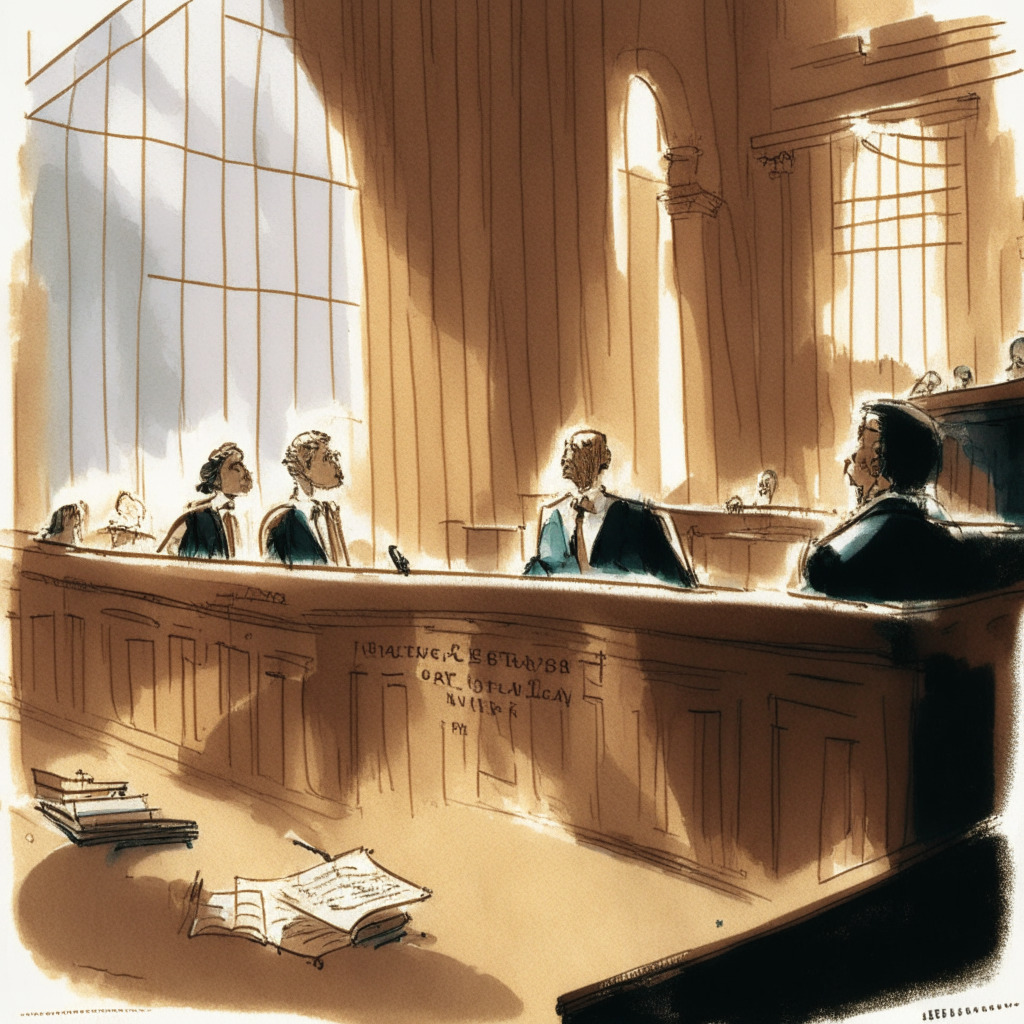In a fascinating turn of events, Brendan Malone, a former Federal Reserve Board analyst now penning for investment firm Paradigm, made an intriguing assertion about stablecoins this Wednesday. Arguing against traditional wisdom, he posits that stablecoins might, in fact, present less of a risk than conventional bank deposits.
Stablecoins, blockchain-pegged tokens that typically mirror the U.S. dollar, theoretically insulate users from the crypto world’s legendary volatility, thus offering efficiency and attractiveness. This concept is brought to life through examples like Tether’s USDT and Circle’s USD Coin, the two behemoths of stablecoins, bearing a combined worth over $100 billion. By issuing regular reports about cash and short-term government debt reserves, these coin issuers provide an intriguing alternative to traditional banking.
Contrarily, Malone posits, the banking world can be fraught with unpredictability. Using customer deposits to fund long-duration assets could lead to a vicious downward spiral, as seen with the collapse of Silicon Valley Bank in March, after selling long-duration bonds at a jaw-dropping net loss of $1.8 billion. Interestingly, USD Coin also drifted from its peg to the dollar due to its mammoth $3 billion reserves kept in bank deposits at this bank.
This emphasizes Malone’s standpoint that the risk framework for managing stablecoins needs to consider the distinctive challenges they present, which stray from the standard banking norm.
Legislation around stablecoins is also witnessing unprecedented movements. The House Financial Services Committee recently advanced the Clarity for Payment Stablecoins Act of 2023 to the House floor, marking a significant stride towards its potential enshrinement in U.S law.
However, the bill’s rapid advancement drew criticism. Some say the White House wasn’t sufficiently involved in negotiations, while others accuse committee chair Patrick McHenry of expediting the vote. The largely partisan 29-21 vote may pose a hurdle to the bill when it faces scrutiny in the Democrat-leaning Senate.
Clearly, the crypto world is a whirlpool of optimism and skepticism. It’s a dynamic, exciting landscape, where traditional norms are continuously being tested and redefined. But it’s also a space calling for more regulated, more transparent practices. In this precarious balance, promising innovations like stablecoins stand at the precipice of potentially transformative financial revolution or a challenging downfall.
Stablecoins could, indeed, become a safer option than bank deposits, as Malone suggested, if managed with innovation and caution. One thing is certain – crypto enthusiasts and skeptics alike will be eagerly watching how this narrative unfolds.
Source: Cryptonews




